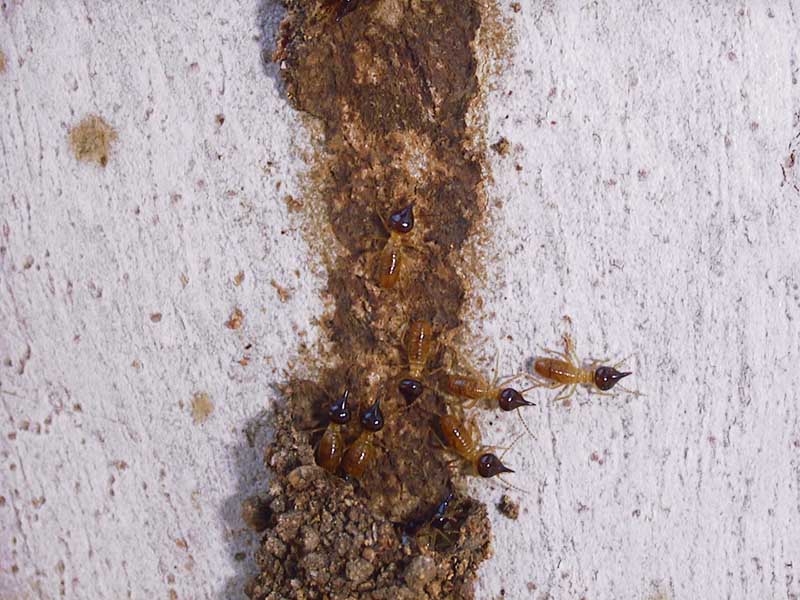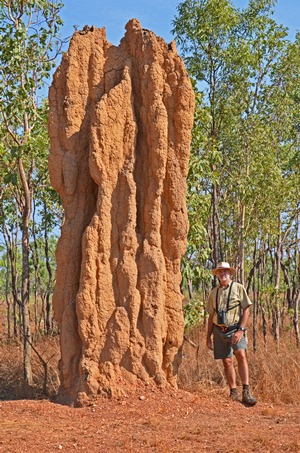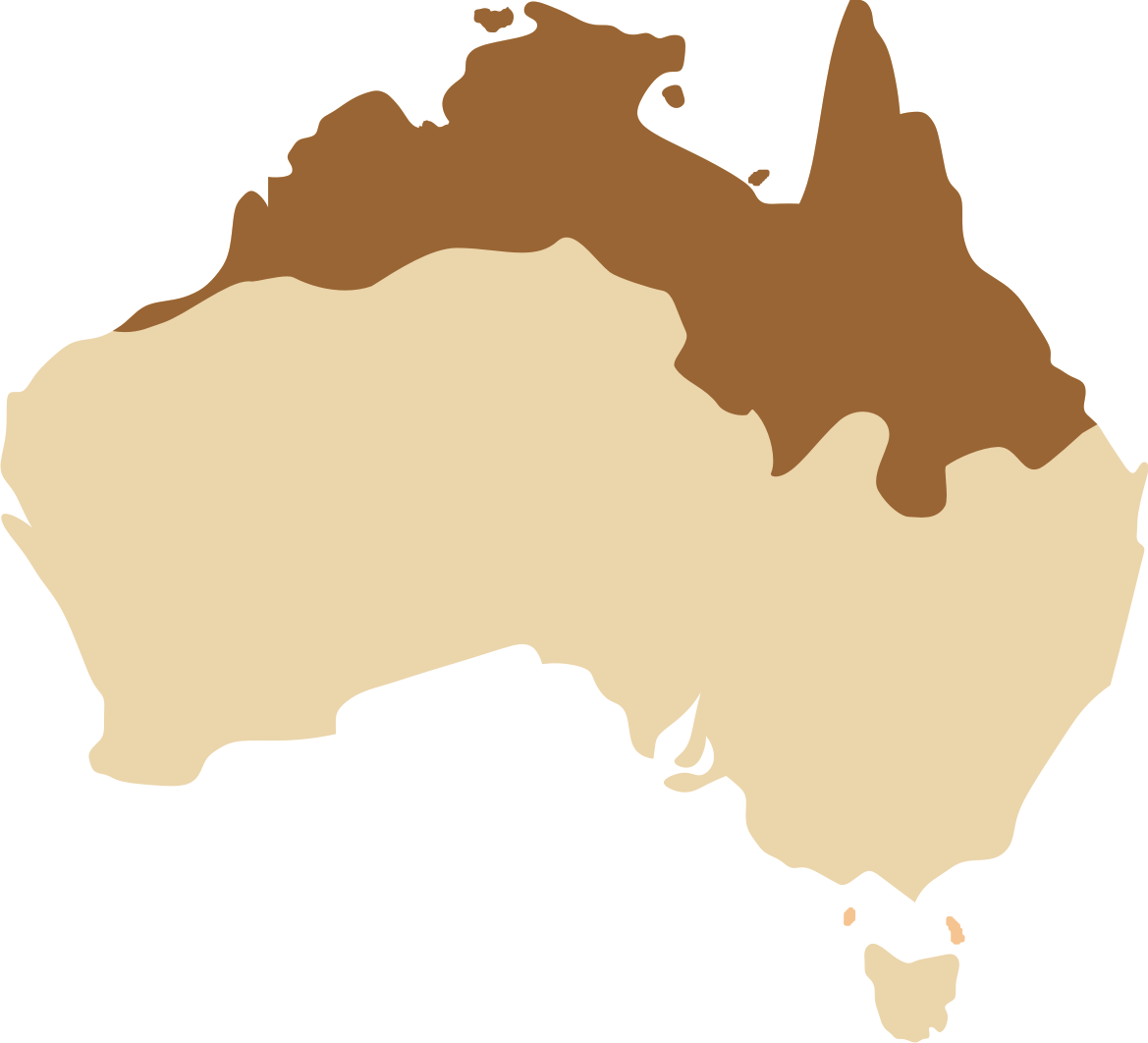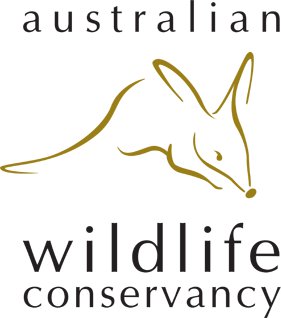Wildlife Profile - Cathedral Termite - Nasutitermes triodiae

About Cathedral Termite
| Order: | Isoptera |
| Family: | Amitermideae |
| Genus: | Nasutitermes |
| Species: | triodiae |
These termites build some of the most spectacular of all termite mounds, reminiscent of the elaborate architecture of medieval cathedrals.

Features – A mound lives from 50 to a hundred years and it is thought that a single queen lives for the entire life of the mound.
The mound provides a perfect home for the termite which requires the right level of warmth and humidity. The ultimate in sustainable climate control!
These and other species of termite are major contributors to the environment in the harsh very wet to extremely dry cycles of the savannah woodlands. By foraging underground for grass they create channels the enable the soil to retain moisture for longer and get moisture into the ground with early wet season rains.
When the alates (winged termites, reproductives) are released in the early wet season, they provide a food bonanza for many species of bird and lizard including the Frilled-neck Lizard. There are hundreds of tonnes of termite per square kilometre in the savannah, providing a rich source of nutrient transfer in 'poor' soil conditions.
Habitat
Open savannah woodland
Diet
Grass

Distribution
Cathedral Termites are found right across northern AustraliaLife Cycle
The workers cut up grass stalks and store them in outer chambers of the mound. They forage from underground, radiating from the mound. As the mound is extended, the outer storage chambers are abandoned and filled in again with soil. The soldier caste defend the mound by ejecting a transparent, sticky substance to enmesh predators such as ants. The queen produces all the eggs for colony. New reproductive termites (alates) emerge from the ground in specially created ‘turret’.




